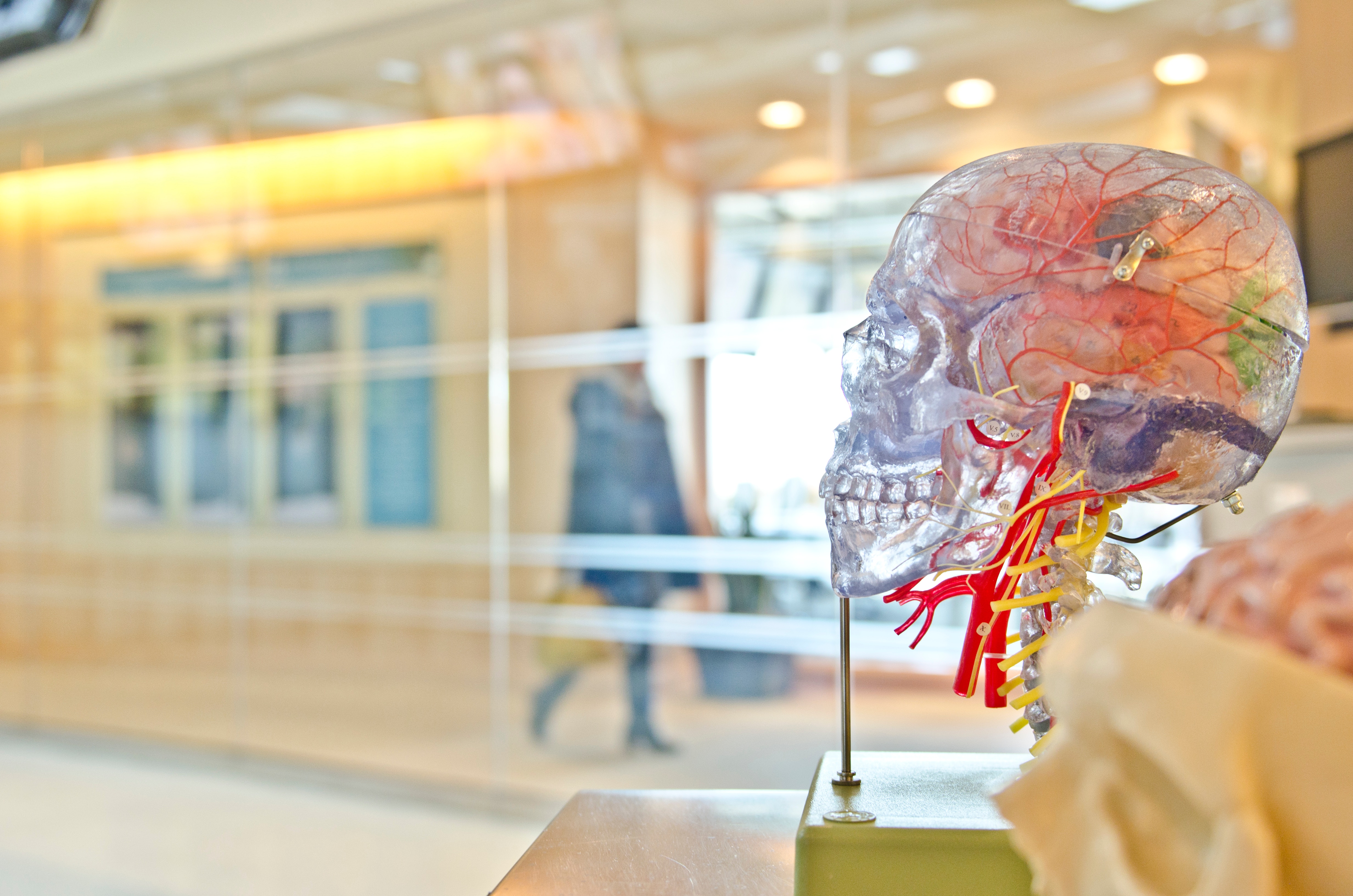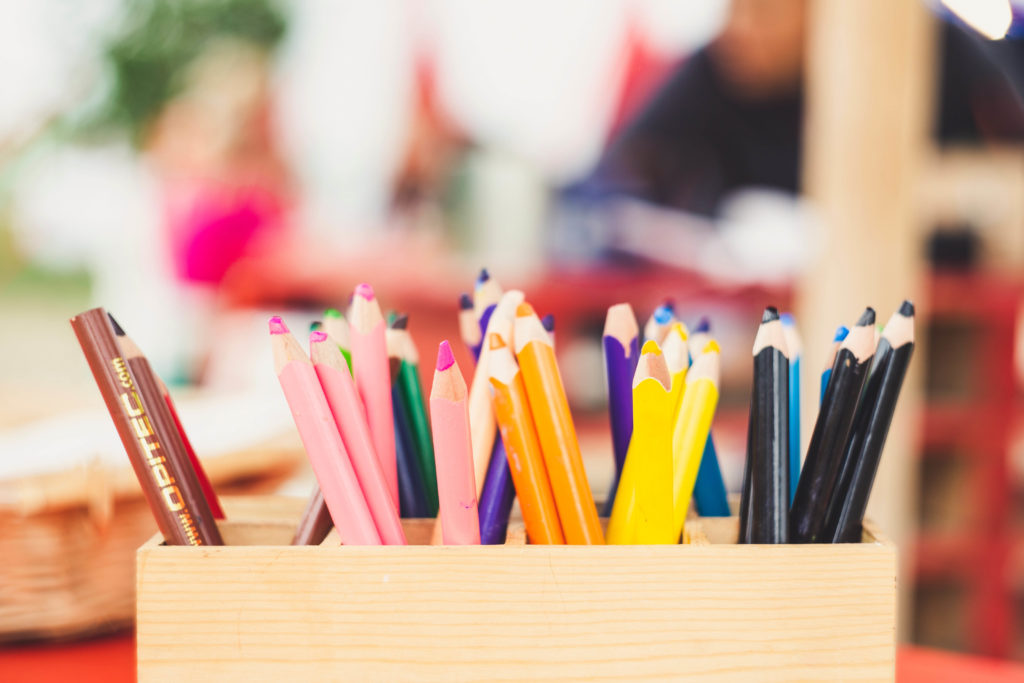CrossCurrents Library
Featured Collections
Topics

“Students don’t care how much you know until they know how much you care.” ~Anonymous Most of us chose careers in academia because we care deeply about our disciplines or fields. It can be discouraging, therefore, to face students whose indifference to our courses is palpable. Yet caring is an essential element of their learning. As Fink suggests, “When students care

“Knowledge without application is like a book that is never read” ~Christopher Crawford As college teachers, we want students to think deeply about course content and skills, yet sometimes it feels like students never progress beyond surface-level understanding. One of the best ways to help students get to deeper learning is to have them use what they have learned in

“Design is the intermediary between information and understanding.” ~ Hans Hoffman When we design a course, we typically do so before actually meeting the students who will enroll in it. We have to determine how to best teach the particular content and skills to the students we will meet. Even if we design the best content and pedagogies possible, if

“It’s what you learn after you know it all that counts.” ―John Wooden Many “edumyths” exist, and unfortunately these can be harmful to students and even to teachers. What are we talking about? Edumyths are common beliefs about education. These myths often express claims about what practices benefit learning or learners. They typically have no basis of fact, however. Either

“Learning is not attained by chance, it must be sought for with ardor and attended to with diligence.” ~ Abigal Adams One of the most often cited works on learning, and one we refer to often, is John Bransford, Ann Brown, and Rodney Cocking’s 2000 work appropriately titled How People Learn: Brain, Mind, Experience, and School. The report, which was

“Learning never exhausts the mind.” –Leonardo da Vinci The question of how people learn has intrigued generations of scholars. It is perhaps no surprise then that many different theories about individual learning exist. Some of these theories stem from a behaviorist perspective, a view that suggests that learning can best be explained in terms of conditioning. Some of the theories